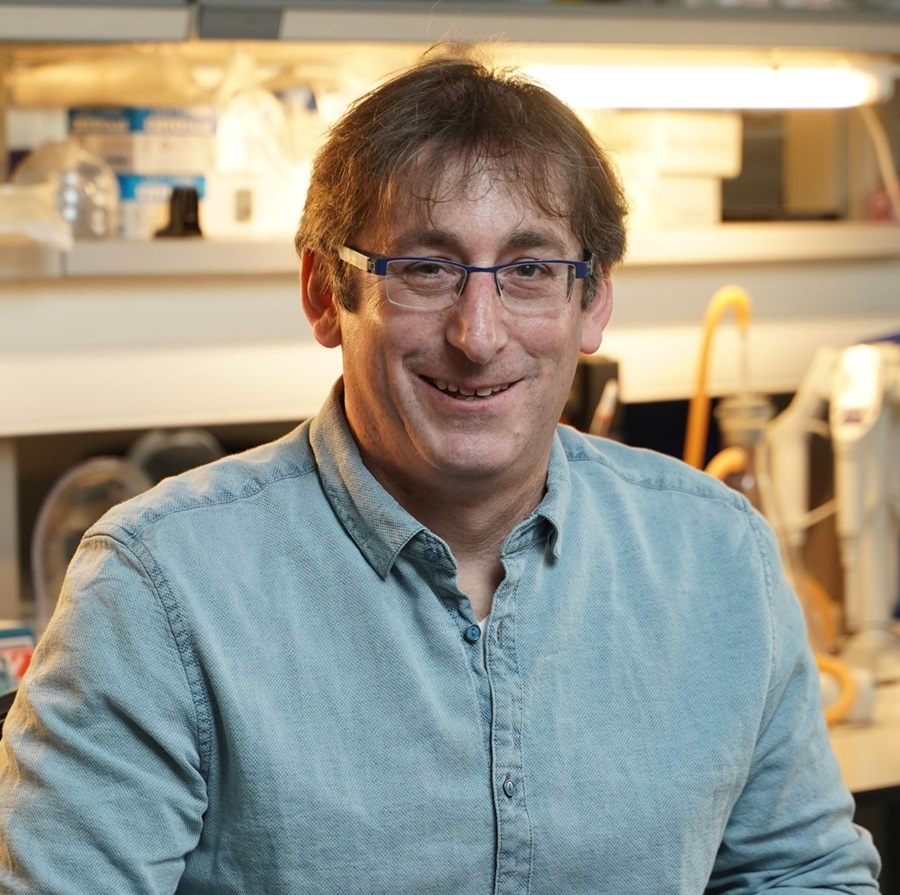FACULTY
Researchers

Shai Shen-Orr, PhD, Professor

The immune system is a sensory system, a sixth sense, whose role it is to sense the environment (external or internal) and respond to changes in that environment. Immunity is based on a diffuse system of interacting cells whose net output is greater than the sum of its parts and whose complexity is encoded by over a quarter of our genome.
Charting the immune Landscape
How the immune system varies over time as a function of the environment, particularly with a focus on aging. Our immune system changes a lot, due to all kinds of influences. It starts off being affected predominantly by the genes we inherited. As we get older, our life experiences play a greater and greater role in shaping our immune system. These are all factors and experiences unique to us as individuals. We aim to identify and map the possible immune states and the ‘rules of the game’ for how the environmental drivers and molecular mechanisms that transition between states. Our prime focus in this regard is to understand how the healthy immune system changes over life (immune-aging), how these changes in state affect immune response and how they interact with disease.
Forwarding Immune Based Precision Medicine
From identifying immune diagnostics and therapeutic directions to understanding the logistical and cost structure needed to transform healthcare. We can now broadly measure multiple data types on each human blood sample: its immune cell composition; the communication of these cells with one another, and functional tests telling us how a person’s immune cells respond to cytokine messages. These technologies give us tremendous power, making it possible to see how everybody’s immune system is a little different and how small differences in biological cell-circuitry ultimately yield clinical differences in outcome. This allows us to develop diagnostics that capture the present status of your disease risk and defenses based not only on your genetics but also on your life history. We focus on developing a clinically relevant metric of immune-aging (IMMAGE) and in understanding the relation of tissue cellular circuitry on clinical responses.
Bridging Data-Insight Gap
Developing next generation analytical methodologies for grappling with the high complexity of biological and clinical data. We can now generate extremely rich molecular and phenotypic data (i.e. big/deep data) but we can interpret and understand only a few percent of it. Data growth is exponential whereas insight growth grows linear at best. In short, there is a Data revolution, but we are not getting the bang for the buck from the data generated. We develop computational methods aimed at a non-linear increase in insight by tackling fundamental problems in data interpretation. In recent years our focus here has been on enabling the quantitative study of biological process dynamics, especially in the context of inter-cellular communication networks and in tackling the large translational gap that exists between humans and the models used to study humans.




